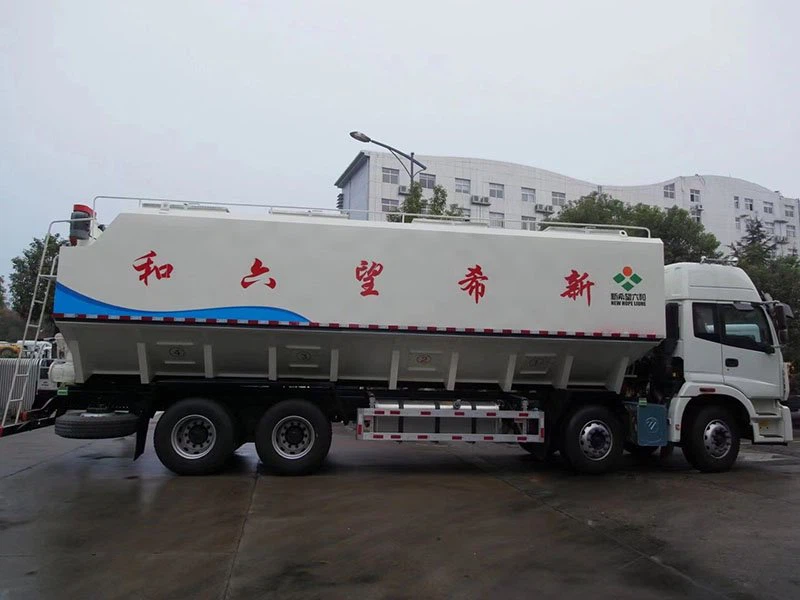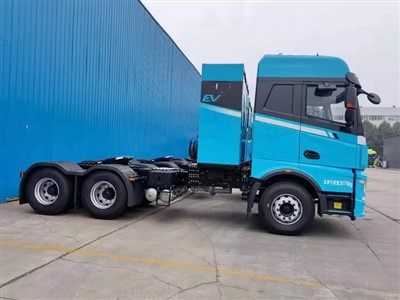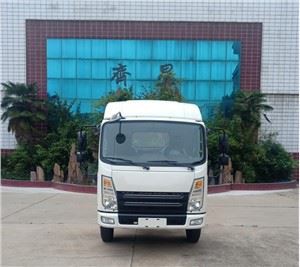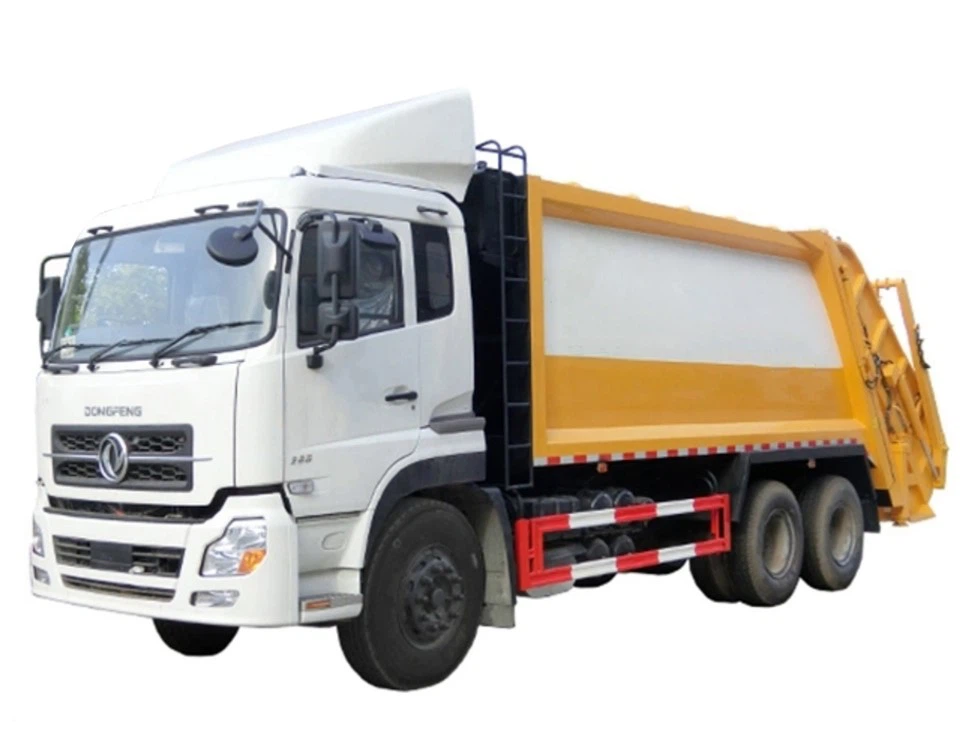Eagle Ranger Loader: The Ultimate Guide for Operators and Enthusiasts

Introduction
The Eagle Ranger Loader is a versatile piece of heavy machinery known for its efficiency and robust performance in various industries. Whether you’re in construction, landscaping, or agriculture, understanding the capabilities and features of the Eagle Ranger Loader can significantly enhance your operational success. This article will explore everything you need to know about the Eagle Ranger Loader, from its specifications to practical applications and maintenance tips.
What is the Eagle Ranger Loader?
The Eagle Ranger Loader is a compact, wheeled loader designed for a wide range of loading and excavation tasks. It is specifically engineered to maximize productivity while ensuring operator comfort and safety. With its powerful engine and advanced hydraulic system, it excels in both light and heavy-duty applications.
Key Features of the Eagle Ranger Loader
- Powerful Engine: Equipped with a high-performance engine that provides ample power for demanding tasks.
- Hydraulic System: Features an advanced hydraulic system for smooth and efficient operation.
- Compact Design: Its small size makes it ideal for working in tight spaces.
- Operator Comfort: Designed with ergonomic controls and a comfortable operator cabin.
Specifications of the Eagle Ranger Loader
| Specification | Details |
|---|---|
| Engine Power | 75 HP |
| Maximum Load Capacity | 1500 kg |
| Operating Weight | 2500 kg |
| Bucket Capacity | 0.6 m³ |
| Dimensions (L x W x H) | 4000 x 1800 x 2400 mm |
Applications of the Eagle Ranger Loader
The Eagle Ranger Loader is designed for a variety of applications, making it a valuable asset for many industries.

1. Construction
In the construction industry, the Eagle Ranger Loader can be used for moving materials, digging trenches, and grading sites.
Practical Example:
Contractors often use the Eagle Ranger Loader to clear debris and transport gravel for foundations.
2. Landscaping
This equipment is frequently used in landscaping projects for soil moving and planting tree saplings.
Practical Tip:
For garden landscaping, consider equipping the loader with attachments like a grapple bucket for better versatility.
3. Agriculture
Farmers utilize the Eagle Ranger Loader for loading feed, moving soil, and transporting equipment across fields.

Practical Example:
The loader can lift heavy bales of hay or transport produce from the fields to storage areas.
Benefits of Using the Eagle Ranger Loader
- Increased Efficiency: Speeds up various tasks, reducing labor costs.
- Versatility: Can be used with a variety of attachments for different applications.
- Durability: Built to withstand harsh working conditions over long periods.
Choosing the Right Attachments for Your Eagle Ranger Loader

One of the key aspects of making the most out of your Eagle Ranger Loader is selecting the right attachments. Some popular options include:
1. Standard Bucket
Ideal for digging and material handling tasks.
2. Forklift Attachment
Best for lifting and transporting pallets or heavy materials.
3. Grapple Bucket
A great choice for handling irregularly shaped materials like tree stumps or debris.
Maintenance Tips for the Eagle Ranger Loader
Proper maintenance is crucial to keeping your Eagle Ranger Loader in optimal working condition. Here are some key maintenance tips:
Regular Inspection
- Check fluid levels (engine oil, hydraulic fluid) before use.
- Inspect the tires for wear and proper inflation.
Cleaning
Regularly clean the loader to prevent dirt buildup, particularly in the hydraulic system.
Scheduled Service
Follow the manufacturer’s service schedule for oil changes and other preventive maintenance tasks.
Operating the Eagle Ranger Loader Safely
Safety is paramount when operating heavy machinery. Here are some essential safety tips:
1. Wear Proper Gear
Always wear a hard hat, gloves, and steel-toed boots when operating the loader.
2. Understand the Controls
Before operation, take time to familiarize yourself with the controls and their functions.
3. Remove Obstacles
Before beginning work, clear the work area of any obstacles or potential hazards.
FAQs about the Eagle Ranger Loader
1. What is the warranty on the Eagle Ranger Loader?
Typically, the Eagle Ranger Loader comes with a warranty period of two years or 2000 operating hours, whichever comes first.
2. Can I use attachments from other brands on the Eagle Ranger Loader?
While some attachments may be compatible, it’s recommended to use manufacturer-approved attachments to ensure optimal performance.
3. How do I transport the Eagle Ranger Loader?
The loader can be transported on a flatbed truck or trailer. Ensure it is properly secured before transportation.
4. What is the fuel type for the Eagle Ranger Loader?
The Eagle Ranger Loader typically uses diesel fuel. Always refer to the user manual for specific fuel requirements.
5. How often should I service my Eagle Ranger Loader?
Regular maintenance is recommended every 250 hours of operation, but this may vary based on usage conditions. Always consult the owner’s manual for specifics.
6. What should I do in case of a hydraulic failure?
If you experience a hydraulic failure, stop operation immediately and consult the owner’s manual for troubleshooting steps or contact a qualified technician.
Conclusion
The Eagle Ranger Loader stands out as a reliable and versatile machine suitable for various applications. By utilizing its capabilities effectively, investing in the right attachments, and adhering to maintenance protocols, operators can boost productivity and enhance their overall operational efficiency. Understanding safety measures is also essential to ensure not just efficiency, but also the safety of the operators and those around them.
